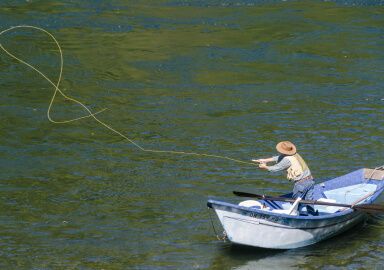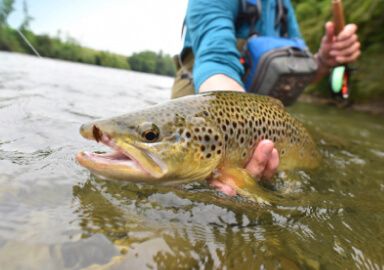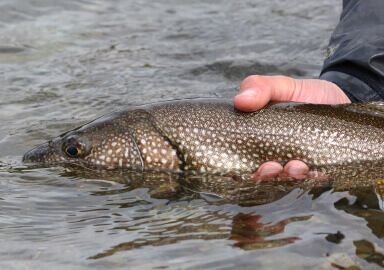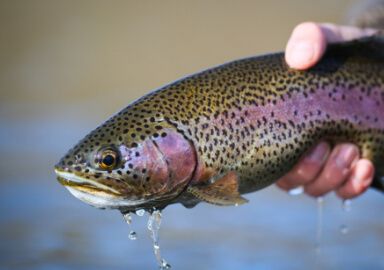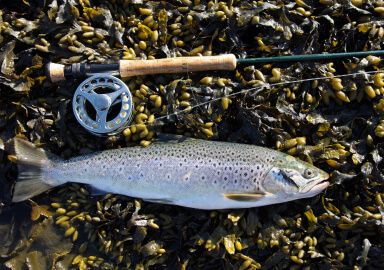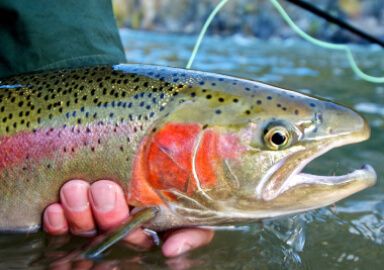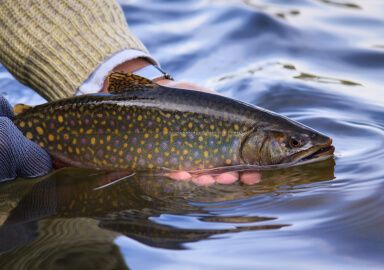Cutthroat Trout
Named for the distinctive red or orange “slash” on the underside of its lower jaw, the cutthroat trout is native to the clear, cold lakes and streams of the American West.
View 25 listings
25
listings
–
price starting from
2
countries
–
to the nearest trip
Where and When?
Cutthroat trout are most often found in cold, clear, fast-running rivers and streams with gravel bottoms, as well as in lakes of moderate depth. They are often found in waters at high elevations, where just the process of getting to them can be an adventure for the angler. For this reason, most cutthroats are caught in the summer months. Two classic ways to catch cutthroat trout are by hiking or backpacking to a mountain stream or lake, or fly fishing from a drift boat while floating down a large Western river. Both methods allow the angler to experience beautiful scenery as well as to catch an iconic trout species.
About Cutthroat Trout
The cutthroat trout is synonymous with some of the most spectacular landscapes of the Rocky Mountains. Found in rivers and streams in the Rocky Mountains and Great Basin, as well as in coldwater tributaries of the Pacific Ocean, the cutthroat is especially popular with fly fishermen. Its scientific name, Oncorhynchus clarkia, honors explorer William Clark, the co-leader of the Lewis and Clark Expedition; members of the expedition were the first Europeans to discover and document the existence of these fish.
There are at least a dozen subspecies of cutthroat trout, each native to a different drainage in the American West. These fish are found from northern California to Alaska throughout the Great Basin, and in most of the Rocky Mountains. Coastal or sea-run cutthroat trout are anadromous, spending most of their lives in the Pacific Ocean and returning to spawn in rivers and streams. The other subspecies are found in freshwater. Cutthroats native to the Great Basin include Alvord, Bonneville, Humboldt, Lahontan, and Paiute; in the northern Rockies are the Snake River, Westslope, and Yellowstone cutthroats; and in the southern Rockies are the Colorado River, greenback, and Rio Grande subspecies. However, many of these varieties have been transplanted and stocked into rivers and lakes in other regions.
Cutthroat trout spawn in the spring and can hybridize with rainbow trout, producing a fertile hybrid known as a cutbow.
How to Catch?
Since most cutthroat trout don’t grow much larger than 30 inches, the majority are caught on fly tackle or light spinning gear. Bait is very effective, but be aware that bait-fishing is not allowed in many of the high-country lakes and streams where cutthroats are found. These fish are generally not very picky, however, and will hit small spoons and spinners. Fly anglers usually entice them with nymph patterns such as pheasant-tail nymphs or zebra midges. Cutthroats can also be targeted with a variety of dry-fly patterns, including attractor patterns and terrestrial imitations.



